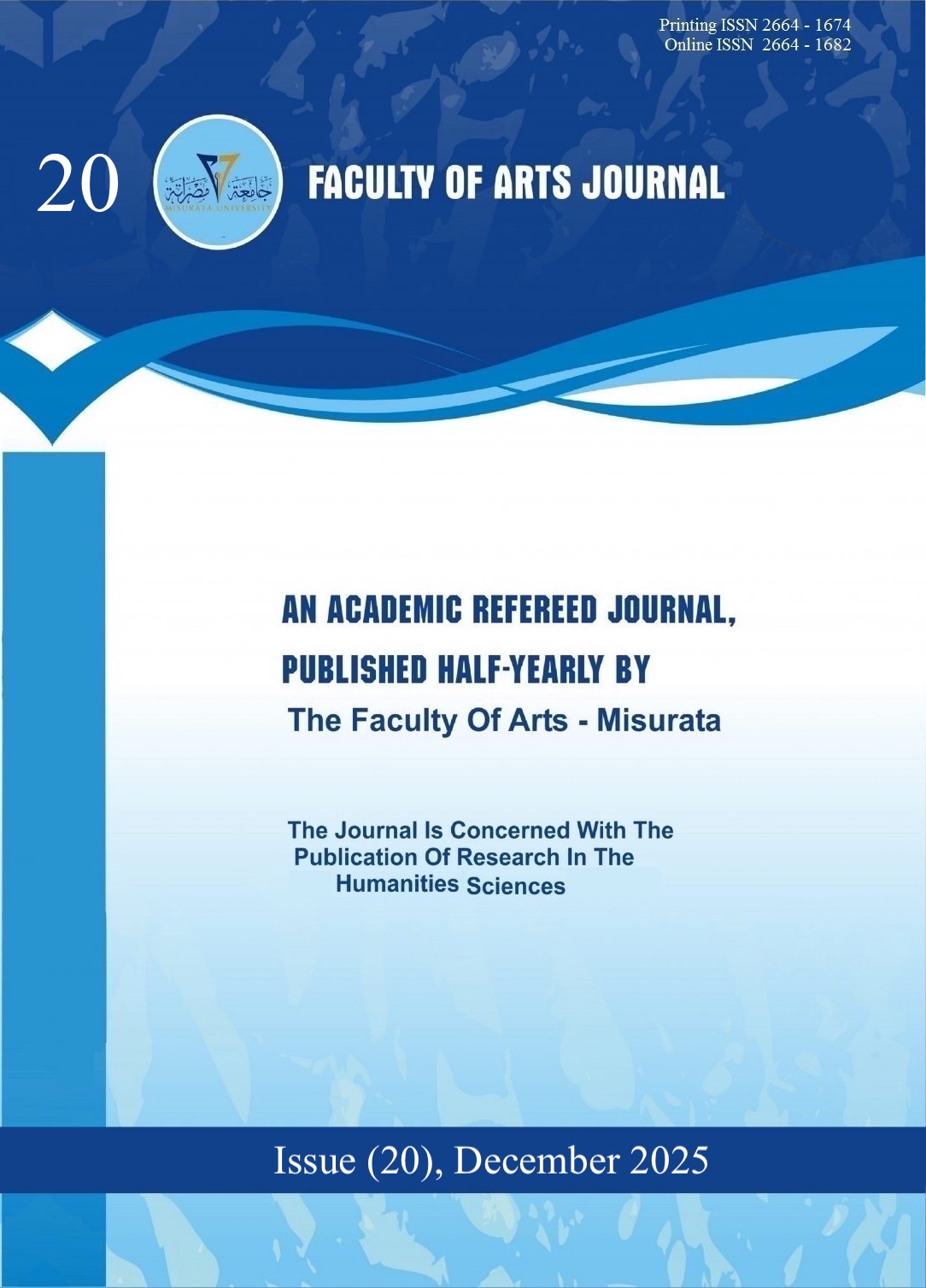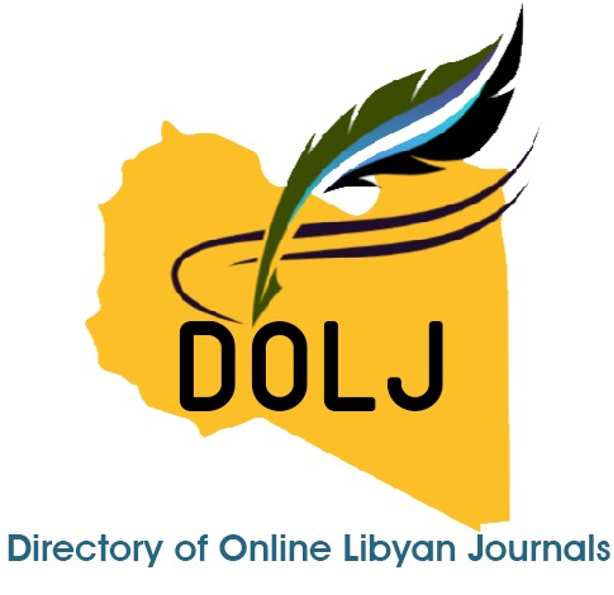Science fiction in the story collection (Iraq+100)
DOI:
https://doi.org/10.36602/faj.2025.n20.06Keywords:
science fiction, science fiction literature, story, dystopia, utopiaAbstract
This article represents an analysis of the science fiction themes represented in the short story collection (Iraq+100). Based on the importance of science fiction literature and the necessity of exploring its depths and studying it seriously, away from the view that views it as literature for entertainment and pleasure only, it is a distant future vision of the challenges facing the individual in light of accelerating technological progress, the dominance of artificial intelligence, and the subsequent topics that include lived reality and its criticism, the transition to virtual reality - the parallel universe - and other worlds, leading to the raising of existential philosophical questions (death/immortality) and the dissolution of human identity. This research paper, with its sample, which anticipates the future of Iraq after one hundred years, starting from 2003 and extending to 2103 and beyond, highlights the future themes that come within a framework of gloomy pessimism presented by the seven writers based on realistic expectations encompassing the political, social, and technological reality, etc. All these events take place within a narrative framework that combines enjoyment, astonishment, and a warning of the dire consequences of the country's fate a century later.
References
الباجوري شيرين سعيد (2024). أدب الخيال العلمي بين القيم الفنية والعلمية، ، المجلة العلمية لكلية الآداب، مصر، 55، 2555-2585 . DOI: https://doi.org/10.21608/jartf.2024.307765.1891
البحري ، أسامة محمد (2021). معجم المصطلحات الأدبية والنقدية، دار النابغة للنشر والتوزيع.
بسمة ،كرود واخرون (2017) . الخيال العلمي وتحقيق الابداع الفني في رواية "ملائكة وشياطين" لدان براون . (رسالة ماجستير غير منشورة). كلية الاداب . جامعة محمد صديق بن يحيى ، جيجل ، الجزائر.
الحسني، احمد عبد الرزاق (2015) . ثنائية (اليوتوبيا - الديستوبيا) في الرواية العراقية - دراسة سيميائية ، مجلة الآداب، جامعة بغداد، 112،135-154. DOI: https://doi.org/10.31973/aj.v0i112.1449
دبيکي, إبراهيم نصر الدين. (2019). أدب النهايات في الرواية العبرية المعاصرة رواية 2023 للأديب يجآل سارنا نموذجاً. مجلة بحوث کلية الآداب. جامعة المنوفية، 30(116), 1-66. DOI: https://doi.org/10.21608/sjam.2019.148527
الديوب، سمر جورج (2016). مجاز العلم: دراسات في ادب الخيال العلمي. الهيئة العامة السورية للكتاب.
عبدالحى، محمد بثينة. (2017). الخيال العلمي أدب المستقبل. مجلة کلية الآداب جامعة أسوان، 1(1)، 171-177. DOI: https://doi.org/10.21608/mkasu.2017.212658
غادة، طوسون زکي. (2021). الديستوبيا : ملامح التشکيل وآليات السرد بين ألدوس هکسلى وإبراهيم نصر الله (دراسة مقارنة). مجلة کلية اللغة العربية بجرجا, 25(10)، 9565-9641. DOI: https://doi.org/10.21608/bfag.2021.198562
محسن، منتظر. (2018). مسرحية زمرة الاقتحام لصباح الأنباري بين أدب الخيال العلمي وأدب السيرة. مجلة مركز دراسات الكوفة، 1(52)، 547–586. DOI: https://doi.org/10.36322/jksc/0105218
Abdel Hamid, Z. (2023). The terms Utopia and Dystopia A terminological study. Journal of the Faculty of Arts, 83 (1), 86-106.
Al-Nabi, M. F. (2025). The Corrupt City Novel between the Effectiveness of Reception and the Choice of Tools. Journal of Interpretation and Discourse Analysis, 6 (1), 44.
Azzam, M. (1994). Science Fiction in Literature. Talas for Studies, Translation and Publishing.
Iraq + 100 (2017). Fantasy and Science Fiction Stories One Hundred Years After the American Occupation of Iraq. Alka Publishing House. (Arabic print)
Nahin, P. J. (2001). Time machines: Time travel in physics, metaphysics, and science fiction. Springer Science & Business Media.
Nof, S. Y. (2009). Springer handbook of automation: What It Means to Us Around the World, Definitions, Its Impact, and Outlook. Springer International Publishing. Berlin, Heidelberg. DOI: https://doi.org/10.1007/978-3-540-78831-7_3
Paden, R. (2000). The End of Utopia: Politics and Culture in an Age of Apathy. The Review of Metaphysics, 54(1), 149-150.
Ramos, I. (2020). Alternate world building: Retrofuturism and retrophilia in steampunk and dieselpunk narratives. Anglo Saxonica, 17(1), 1-7. DOI: https://doi.org/10.5334/as.23
Scholes R., et al. (1977). Horizons of Science Fiction Literature, 1st ed., trans. Oxford University Press.
Sharif, N. (1997). The Vital Role of Science Fiction in Our Scientific Culture. Academic Library.
Shenawa, M. F. and Al-Bazerkan, B. A. (2015). Aesthetics texts of the theatrical sci-fi. Journal Of Babylon Center for Humanities Studies, 5 (1), 368 – 386.
Simsone, B. (2017). Science Fiction In Latvian Literature. Tartu Ülikooli Kirjastus, 22(2),397-411. DOI: https://doi.org/10.12697/IL.2017.22.2.16
Sterling, B. (2016). Science Fiction, Literature and Performance. Encyclopædia Britannica, Inc., Uk.
Willis, M. (2006). Mesmerists, monsters, and machines: science fiction and the cultures of science in the nineteenth century. Kent State University Press.
Downloads
Published
How to Cite
Issue
Section
License
Copyright (c) 2025 دعاء ثامر حميد الدوري

This work is licensed under a Creative Commons Attribution 4.0 International License.
All works published in this journal are licensed under the Creative Commons Attribution 4.0 International License (CC BY 4.0), which permits use, sharing, adaptation, and redistribution for any purpose, including commercial ones, provided that proper credit is given to the original author and source, a link to the license is provided, and any changes made are indicated.

















